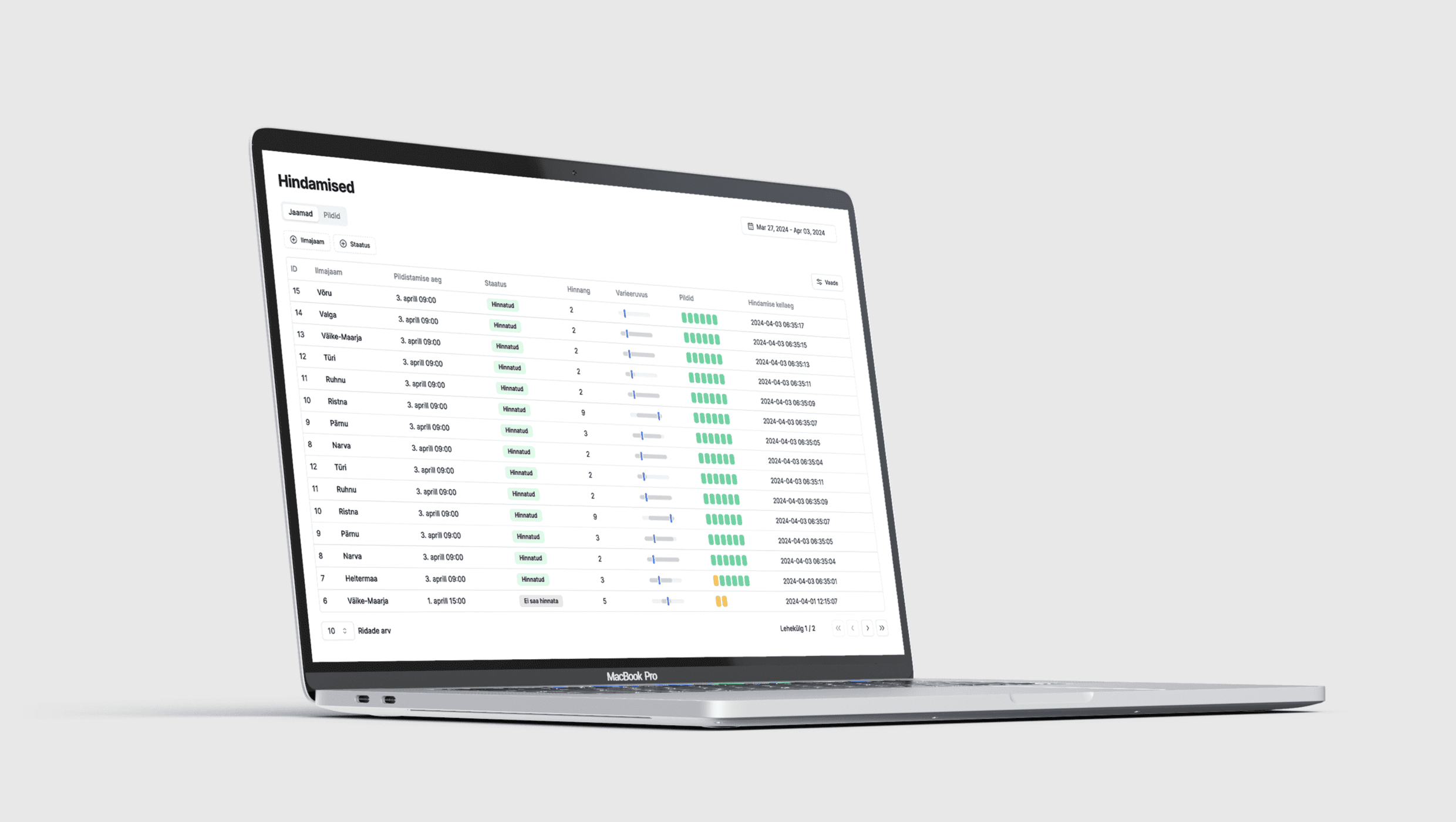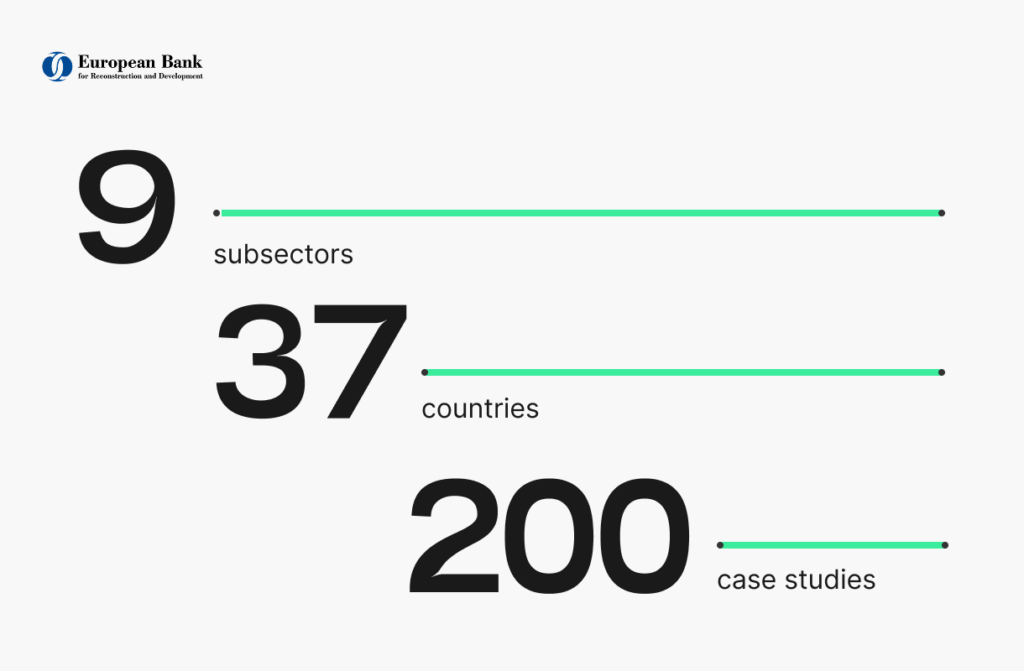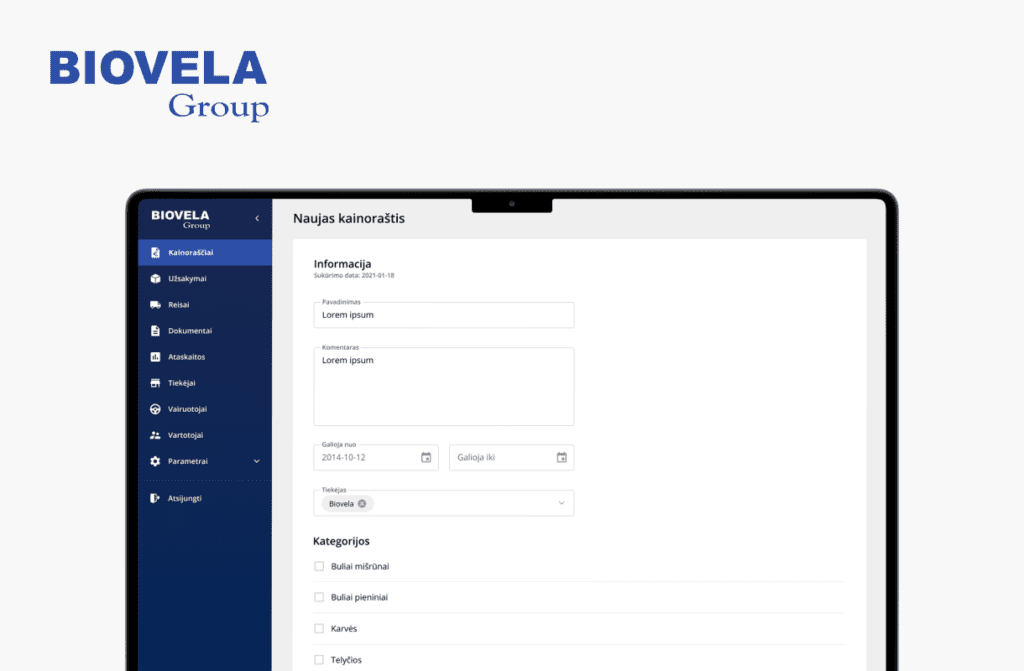The Environmental Agency in Estonia, which operates under The Information Technology Centre of the Ministry of the Environment (KeMIT), faced significant difficulties in evaluating snow coverage across multiple monitoring stations.
The conventional approach relied on manual image inspection, which was laborious, inefficient, and increasingly unsustainable due to escalating data volumes and the necessity for timely assessments. This manual procedure impeded the agency’s capacity to deliver precise and timely snow coverage data.
To address this problem, an AI-powered platform was developed to automate the snow coverage assessment process, relieving the agency from the laborious task of manual inspection. We enhanced its accuracy using a trained AI model instead of subjective human judgment.
The solution aimed to decrease reliance on human resources and ensure timely data processing.
The essence of the project:
Developing the AI-powered platform for assessing snow coverage was a key project transforming how environmental data is handled and utilised. It focused on creating a powerful AI-based solution that accurately determines snow coverage from images captured by monitoring station cameras.
The platform employed a 10-point scale system to assess the extent of snow coverage, automating a previously labour-intensive process.
One of the critical elements of the development process was implementing an AI algorithm. Advanced machine learning models, particularly convolutional neural networks, were utilised to effectively process visual data and automate image analysis.
The system was not only efficient but also designed with user-friendliness in mind, ensuring seamless integration with existing data management systems.
The development followed a structured approach, including research, development, testing, and deployment phases. Additionally, efforts were made to facilitate smooth communication between monitoring stations, the AI model, and the user interface.
This allowed efficient data transfer to the CLIDATA databases, enabling near real-time processing.
Services provided:
- AI Algorithm Development: Created and trained a machine learning model capable of analysing images and accurately determining snow coverage.
- Platform Implementation: Developed a user-friendly interface that integrated with existing monitoring systems to ensure intuitive user interactions and compatibility with current data management frameworks.
- Data Management: Ensured efficient data flow and storage within the agency’s database, facilitating real-time analysis and reporting.
- User Training and Support: Provided comprehensive training to agency staff, ensuring effective use of the new system.
- System Integration: Established effective communication between the AI model, weather stations, and the user interface, allowing seamless data transfer and integration with CLIDATA databases.
Results:
The AI-powered platform for snow monitoring and assessment brought significant improvements by automating the evaluation process, providing more precise snow coverage data and optimising the Environmental Agency’s resources. It also set a new standard for using AI in environmental monitoring, aligning with global trends in climate data analysis.

















